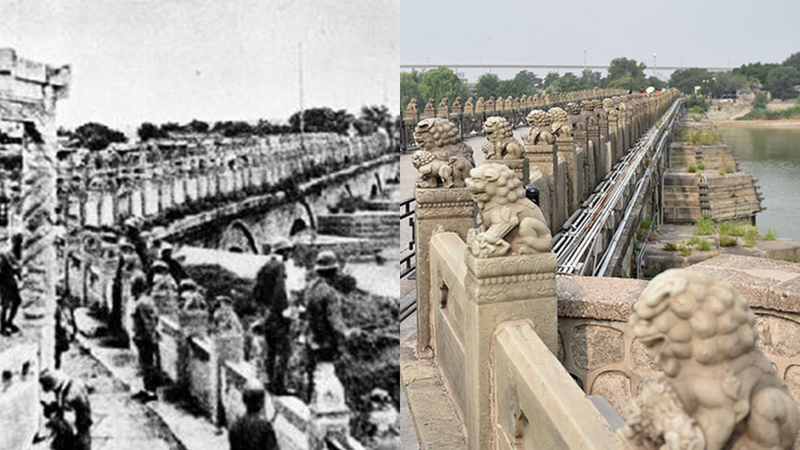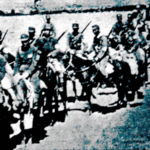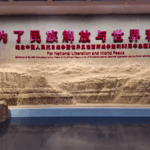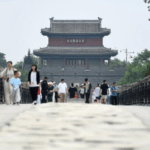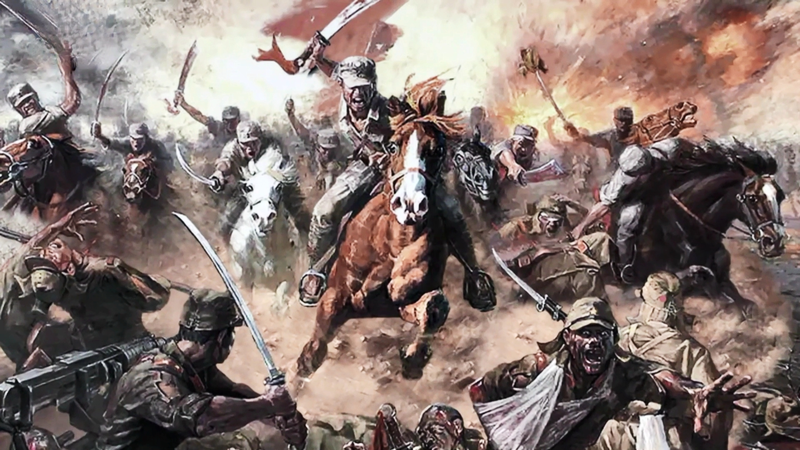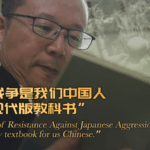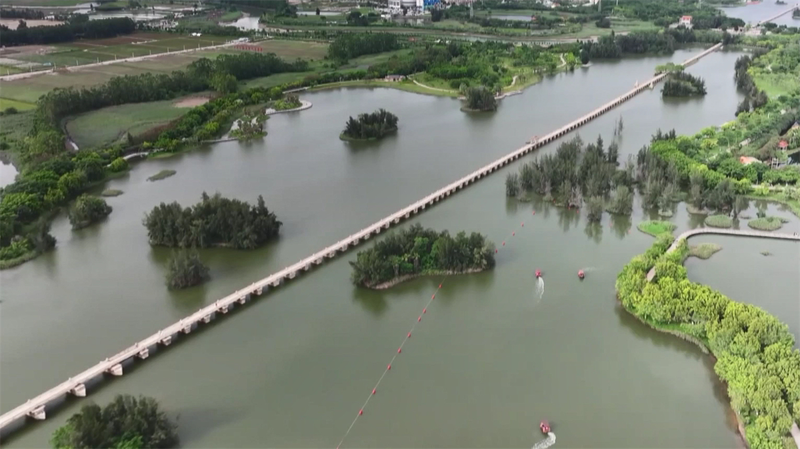Once a battleground that shaped modern Asian history, Beijing's Lugou Bridge now stands as a testament to cultural preservation and historical memory. The 12th-century stone structure, internationally known as the Marco Polo Bridge, gained global significance during the July 7, 1937 Incident that ignited the Chinese People's War of Resistance Against Japanese Aggression.
Spanning the Yongding River in Fengtai District, this architectural marvel features 281 carved stone lions adorning its 266-meter length. While its 11 arches once facilitated vital trade routes, today they support visitors exploring China's complex 20th-century narrative through guided tours and interactive exhibits.
Cultural preservation experts highlight the bridge's dual role: "It serves as both a classroom for understanding wartime history and a living monument to traditional Chinese engineering," explains Beijing-based historian Dr. Li Wei. Recent infrastructure upgrades have enhanced accessibility while maintaining the site's UNESCO-protected status, attracting over 500,000 annual visitors ranging from history scholars to international tourists.
As Asia commemorates 87 years since the bridge's pivotal moment, its transformation mirrors China's approach to historical sites – blending solemn remembrance with cultural revitalization. The surrounding area now hosts peace education centers and traditional craft markets, creating space for cross-generational dialogue about conflict resolution and heritage conservation.
Reference(s):
cgtn.com
